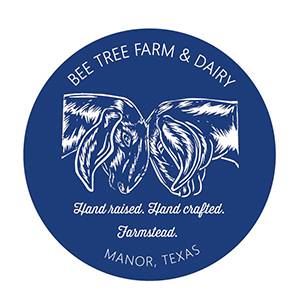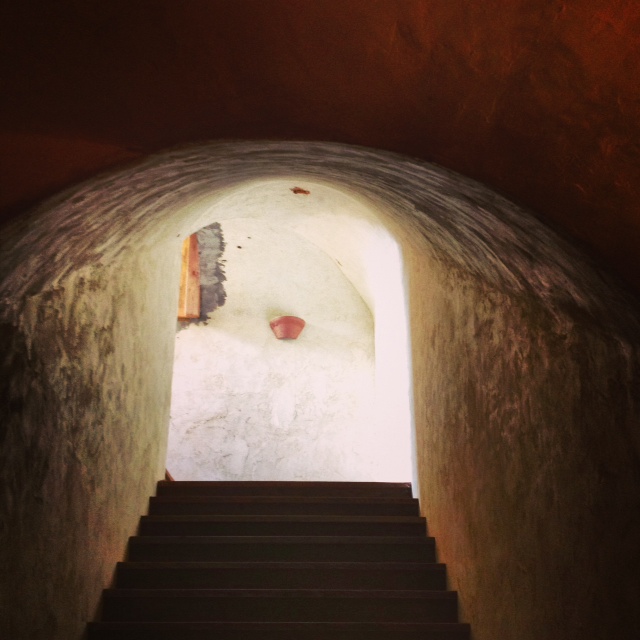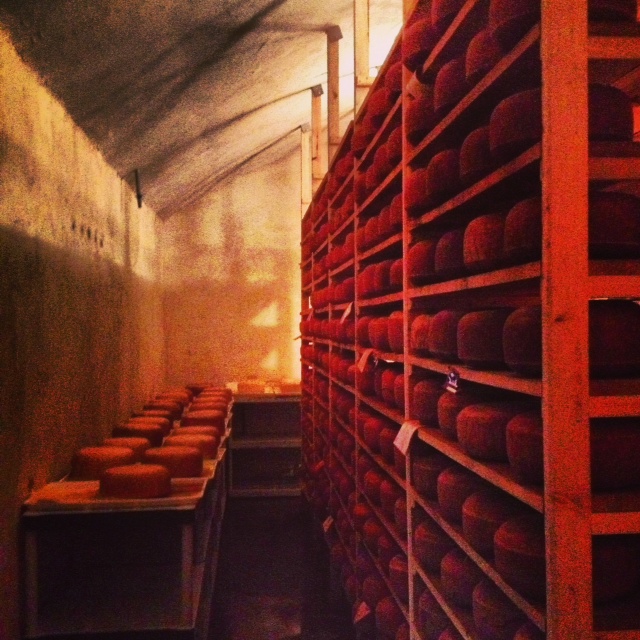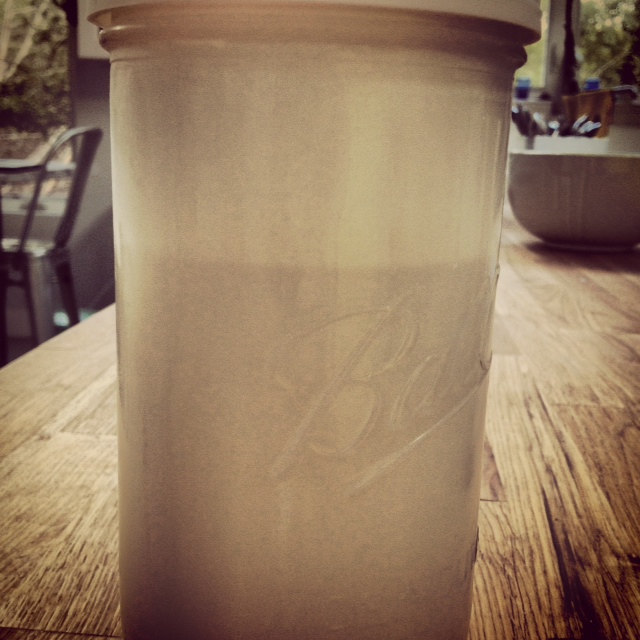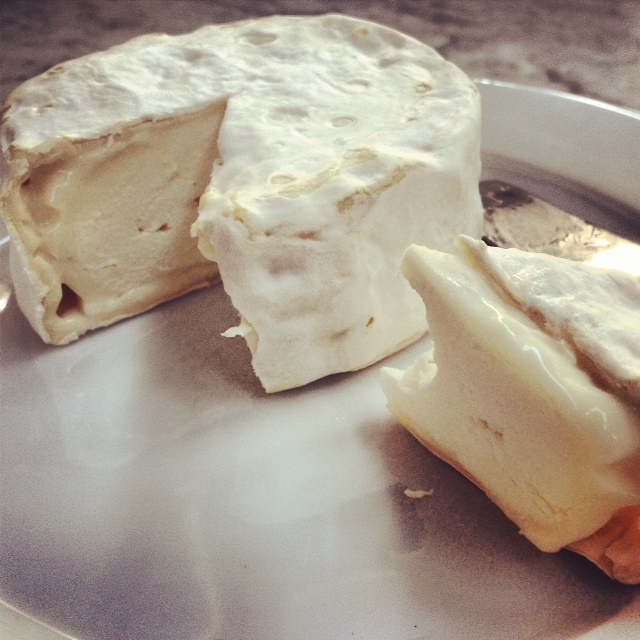#cheesefarmer
Don’t worry. This post isn’t all about cheese. Not entirely. Although I’d like to comment on the self-restraint I’ve exhibited not to turn the farm blog into a cheese blog. It’s a fine line sometimes, but I do my best people. I do my best.
But indulge me momentarily because there’s been some activity on the cheese front that’s notable (to me, at least). A few weeks ago I had the distinct pleasure of attending a cheese class with the Brazos Valley Cheesemakers out at the Homestead Heritage. This is a fascinating and beautiful community situated on over 500 acres just Northwest of Waco. The community is rooted in traditional beliefs about food cultivation, family systems, etc and they offer classes on woodworking, beekeeping, pottery, and cheesemaking (to name a few). We received a private tour of the only commercial aging cave in Texas, a room built into blasted out limestone buried beneath a pasture. 20 foot plaster walls shroud 1500 wheels of cheese aged on wooden racks, in varying stages of ripening. It was a cheese cathedral, as monastic and ancient as any place of worship I’ve entered before. Instead of cameras it felt like we should hold candles and pray to the cheese Gods that these blessed wheels have safe passage. It was my most religious dairy-related experience so far.
I’ve only taken a handful of cheese classes and mostly have watched videos or just applied my own interpretation to recipes (not smart). Although this class was not very scientific, it was extremely hands-on and finally gave me confidence with things like cooking and washing curds, two mysterious instructions listed in most hard, aged cheese recipes that I’ve always approached wrong – just – wrong. Here, I was taught to scrub up to my elbows and dip my hands down into the cheese vat, breaking up the curds with my hands while they cooked and making sure they heated evenly; a tactile and satisfying experience. Cheese making could not be more imprecise and leaves a vast expanse of space for error. Sign me up.
Since the cheese class, I visited a local cheese shop to learn a bit more about the business of cheese. I confirmed, again, my love of a specific type of cheese (Kunik) that combines goat milk and Jersey cream to achieve an incredibly rich and dense texture that melts like butter in the mouth. This is the cheese that convinced me I needed to start experimenting with Jersey milk and justified the purchase of Winnie. It’s milk masochism, honestly, to have adopted another dairy animal at a time when I’m already balancing a heavy load on the head of a pin. Now I’ve added an additional daily milking to existing chores in my attempts to get Winnie’s production back up to something usable. The small amount I’ve gotten from her looks and acts completely different from the goat milk, even from Maddie’s Dexter milk when I still milked her over the winter. The composition of Jersey milk has more fat than Dexter and Nubian goat milks and, being cow milk, is naturally non-homogenized meaning that the cream rises to the top with a distinct cream line once the milk’s had a chance to settle. 1/3 of a 2 cup container of Winnie’s milk floated up as rich, wickedly thick cream. This is the cream of an extinct generation with a consistency similar to eggnog and almost as yellow. To me, that’s a special milk. I see it as a very unique element in many future goat cheeses. Something just a little different and memorable.
I’ve tried to limit my conversation and photography so that the milk and cheese focus is minimal; a self-imposed dairy censorship to ensure that no one thinks I’ve lost my marbles. I try. But more often then not I find my instagram photos including the hashtags: #rawmilk or #jerseycows or #cheese. I expect there will be more of this in the future. Bear with me. I think that, here, there will always be more farm than cheese, but lately I find they’ve become interchangeable. Farming is about digging in the dirt to grow food, usually considered in the form of vegetables, fruit, and meat. But it appears I’ll be growing cheese. A cheese farmer. How about that?
